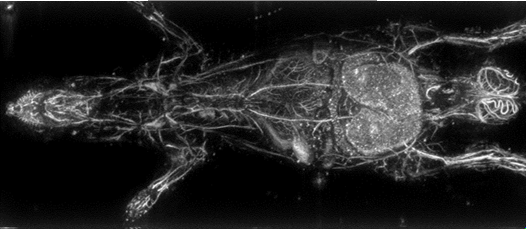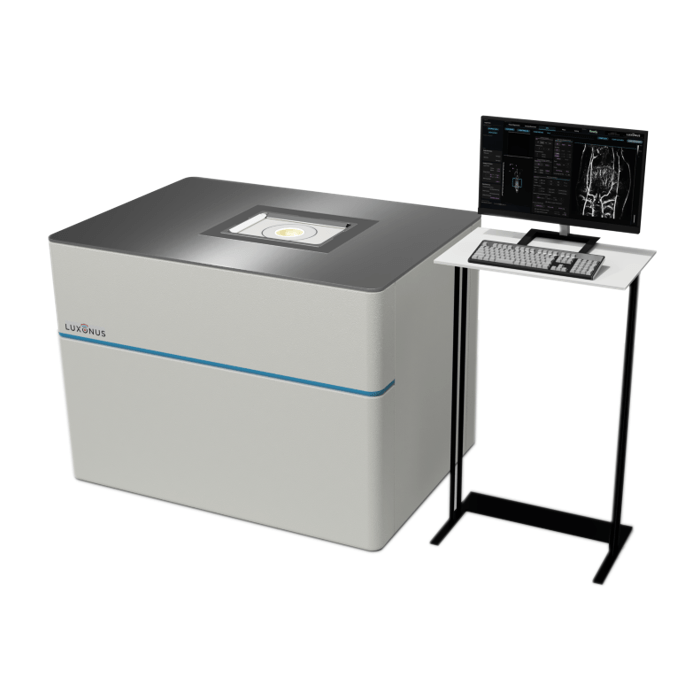AXT is pleased to announce a further expansion to their preclinical imaging portfolio with the addition of Luxonus who design and manufacture photoacoustic imaging systems. Their next-generation medical imaging technology generates much more data, in significantly greater detail, with less risk and less burden for patients and operators. These benefits come at lower cost than competitive technologies such as ultrasound, computed tomography (CT), and magnetic resonance imaging (MRI).

Luxonus’ photoacoustic 3D imaging (PAI) provides super-high-resolution 3D imaging of blood vessels and lymph vessels safely and easily without using radiation exposure. Born out of Kyoto University and Keio University, and developed under the ImPACT program, a large national project, run by Japan’s Cabinet Office to promote high-risk, high-impact R&D, this technology allows the accurate study of the morphology and function of blood vessels and lymphatic vessels. The resultant data enables a comprehensive understanding of the onset of disease, the healing process and the state of health before and after illness.
Takayuki Yagi , Executive Director CTO from Luxonus said of the new distribution agreement with AXT, “we are pleased to partner with AXT to bring our technology to Australia as we know they have a strong presence in the preclinical imaging sector and are well positioned to be able to grow our business in their region”.

In response, Richard Trett, Managing Director at AXT said, “we are excited to embrace another new technology that we know will help Australian researchers maintain their world-leading status in medical research, with the added benefit of opportunities to publish research using a new technology”.
For more details about the Luxonus 3D Photoacoustic Imager and AXT’s other complimentary preclinical image product lines, please click here.
